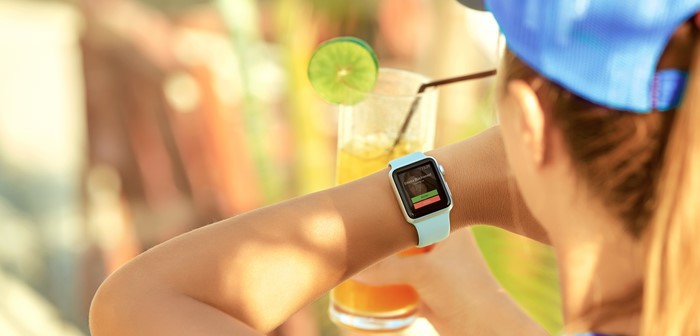Technology is everywhere: in our pockets, in our ears, on our desks, in our living room and even around our wrists.
Although there has been an increase in the number of wearable devices produced, it has been a while since the first wearable technology was created in 1961, when two American mathematicians incorporated a timing device in a shoe which could predict where the ball would land on a roulette table (source: Wareable). Even though this technology was created half a century ago, it seems to have only attracted a small number of the UK population as only 12% own one (source: TGI). This portion of early adopters are significantly higher in 25-44 years old Londoners (21% of this group own a wearable device).
Despite ownership being relatively low, it is growing (+71% according to Clicked) and most importantly, this technology triggers interest as one fifth of Brits are interested in owning one.
The discrepancy between interest and ownership may be explained by the price of the item and the lack of understanding of what benefit it represents and therefore seen as offering low value for money. This is shown in Mintel’s research where 64% of respondents agreed that wearables are too expensive for the benefits they offer, making it the first barrier to purchasing in the category.
This is also emphasised when respondents are asked about their criteria of choice if purchasing a wearable item; price is the most important factor with 42% whilst product specifications rank with only 22%.
Therefore, it’s important to provide a rationale to help non-wearable buyers understand the added value of owning such a product and justify the price it is sold for.
Within wearable technology owners, fitness trackers make up 60% of buyers, smart watches make up 27% and other wearables make up 13% showing the clear popularity of health tracking and the incorporation of these devices in an active lifestyle (source: TGI). The same story is told when looking at the features that interest the most consumers; health and wellness monitoring scores first with 35%, second is sports and training monitoring (25%), followed by controlling a smart home (24%) and accessing patient information (19%) (source: Mintel). Overall not only do wearable devices seem to have a very strong health focus they also seem to be more linked to practicality (i.e. making payments, security and access control) rather than entertainment – gaming interests only 14% of consumers.
So although the wearable technology market is still at the early stage as consumers concentrate on the functionality aspects and only a small portion of Brits buy into it, it is a trend to keep an eye on.
The biggest opportunity for brands to tap into is the relationship between the devices and health. This is what Under Armour did when it partnered with HTC to launch Healthbox, a fitness tracking device synchronising the user’s health status in an app.
Another opportunity is to target early adopters or influencers as Levi’s and Google did with their partnership to launch a smart jacket allowing urban cyclists to use their clothing to interact with their smartphone.



